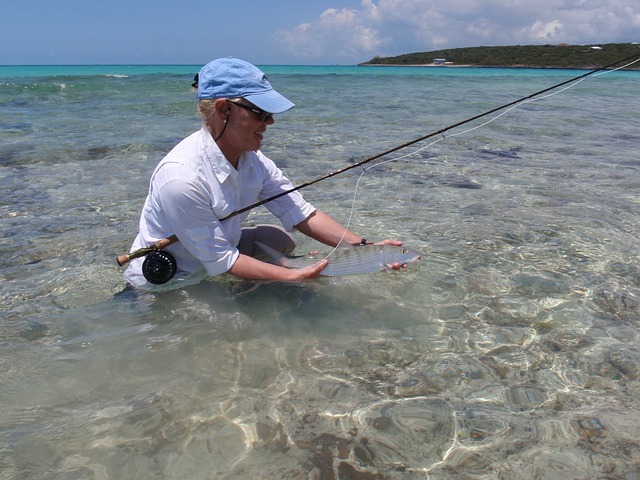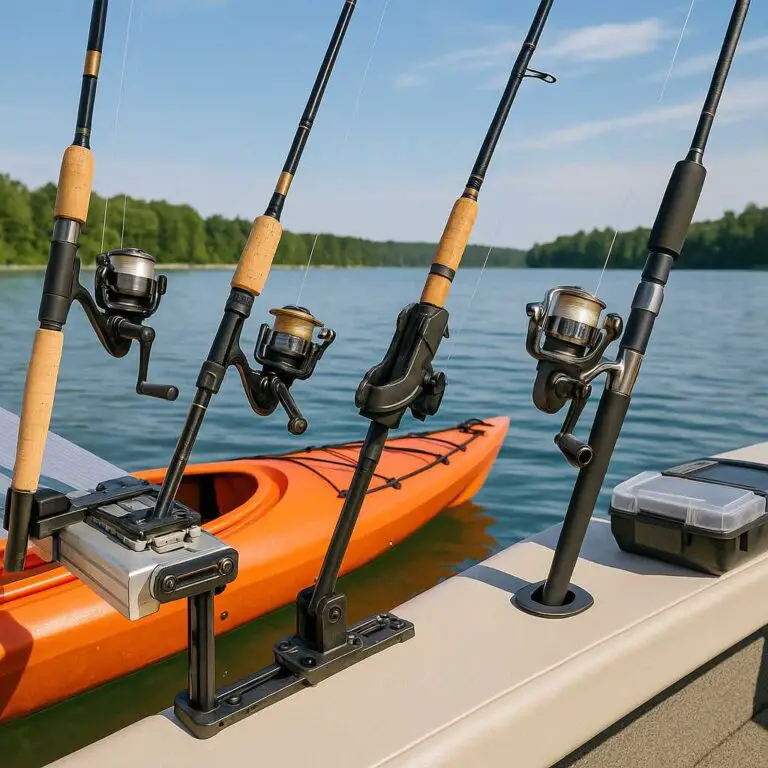Fishing is one of the most popular outdoor activities worldwide, with millions of people heading to rivers, lakes, and oceans to cast their lines every year. However, as fish populations decline due to overfishing, anglers are increasingly turning to catch-and-release fishing as a way to protect fish stocks. Catch-and-release fishing is a practice where anglers catch fish and then release them back into the water, rather than keeping them for food. While it’s a responsible way to fish, many people wonder what percentage of catch and release fish die.
The mortality rates of catch-and-release fish vary depending on the species of fish, environmental conditions, and fishing techniques. Studies have reported mortality rates ranging from less than 2% to as high as 38.9%.
Understanding the impact of catch and release on fish mortality is crucial for ensuring sustainable fishing practices that protect fish populations for future generations. Let’s dive into the details!
The Factors Affecting Fish Mortality in Catch and Release Fishing
There are several factors that can impact fish mortality rates in catch-and-release fishing. These include:
- Hooking location: The location of the hook in the fish’s mouth or body can impact their survival. Hooks that are deeply embedded in the fish’s throat or vital organs are more likely to cause internal injuries and reduce the fish’s chances of survival.
- Handling: The way fish are handled during the catch and release process can also impact their mortality rates. Rough handling or excessive handling can cause stress and injuries to the fish, which can affect their ability to survive after release.
- Air exposure: Fish that are out of the water for too long can experience oxygen deprivation, which can lead to death. This is particularly true for fish like trout and salmon, which rely on oxygen-rich water to survive.
- Water temperature: Water temperature can also play a role in fish mortality rates. Fish caught in warmer water are more likely to experience stress and oxygen deprivation, which can make them more vulnerable to death after release.
- Release method: The method used to release the fish can also impact their survival rates. Fish that are released gently and quickly have a higher chance of survival than those that are released with force or dropped back into the water from a height.
The Research on Fish Mortality in Catch and Release Fishing
Several studies have been conducted on the mortality rates of caught and released fish. The results of these studies vary depending on the species of fish, fishing techniques, and environmental conditions.
One study conducted by the Virginia Department of Game and Inland Fisheries found that mortality rates for largemouth bass ranged from 4.8% to 38.9%, depending on the hook type, fishing location, and handling methods. Another study by the Florida Fish and Wildlife Conservation Commission found that mortality rates for snook ranged from 0% to 30%, depending on the water temperature, hook type, and handling methods.
However, not all studies have reported high mortality rates. A study conducted by the National Oceanic and Atmospheric Administration (NOAA) found that mortality rates for Pacific halibut were less than 2%, regardless of hook type or handling method. Similarly, a study on rainbow trout by the British Columbia Ministry of Environment found that mortality rates ranged from 0% to 5%, depending on the fishing method and release techniques.
It’s worth noting that the results of these studies can vary depending on the specific conditions of the fishing environment and the techniques used. Additionally, mortality rates for catch-and-release fishing can be influenced by a wide range of factors beyond the control of the angler, such as water quality, weather conditions, and predation by other fish.
Overall, research suggests that mortality rates for catch and release fishing can be reduced through proper handling techniques and equipment choices, such as using barbless hooks, minimizing handling time, and using appropriate release methods.
Strategies for Reducing Fish Mortality in Catch and Release Fishing
To reduce fish mortality rates in catch-and-release fishing, anglers can implement several strategies:
- Use barbless hooks: Barbless hooks are easier to remove from fish and cause less damage, reducing the risk of injury and death.
- Minimize handling time: Handling fish for extended periods of time can cause stress, which can lead to injury and death. Anglers should minimize handling time and return fish to the water as quickly as possible.
- Keep fish in the water: Fish that are kept in the water during the release process has a higher chance of survival than those that are removed from the water. Use tools like hemostats or pliers to remove hooks while keeping the fish in the water.
- Use appropriate release techniques: Anglers should use techniques that allow fish to quickly and safely return to their natural habitat. This can include gently supporting the fish in the water and allowing it to swim away on its own.
- Fish during appropriate conditions: Fishing during the hottest part of the day or in water that is too warm can cause stress and increase fish mortality rates. Anglers should avoid fishing during these conditions and focus on cooler times of the day.
- Educate others: Anglers can help reduce fish mortality rates by educating others about responsible catch and release practices. This can include sharing information about proper handling techniques, using appropriate gear, and respecting catch limits.
Conclusion
In conclusion, catch and release fishing is an important tool for protecting fish populations and ensuring sustainable fishing practices. However, understanding the impact of catch and release on fish mortality rates is crucial for ensuring that fishing remains sustainable. Factors that impact fish mortality rates in catch and release fishing include hooking location, handling, air exposure, water temperature, and release methods.
While mortality rates can vary depending on the species of fish and environmental conditions, anglers can reduce fish mortality rates by using barbless hooks, minimizing handling time, using appropriate release techniques, fishing during appropriate conditions, and educating others about responsible catch and release practices. By following these strategies, anglers can help protect fish populations for future generations to enjoy.








